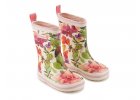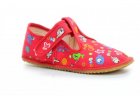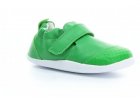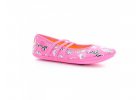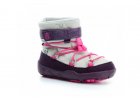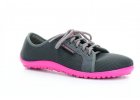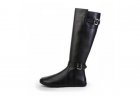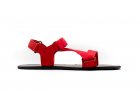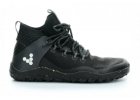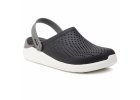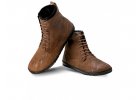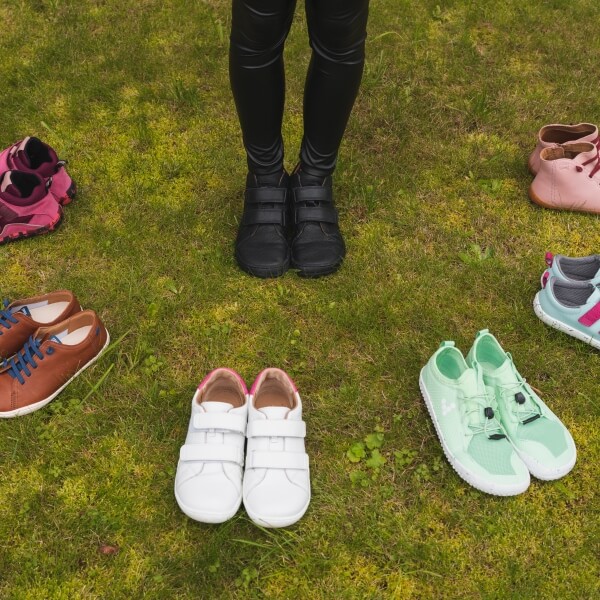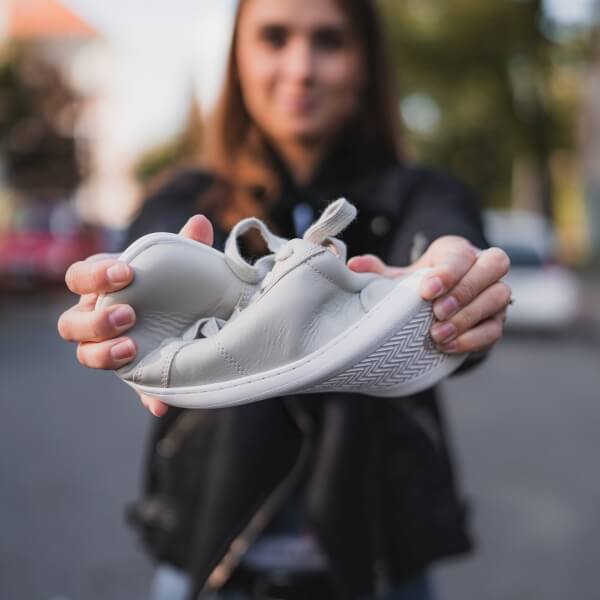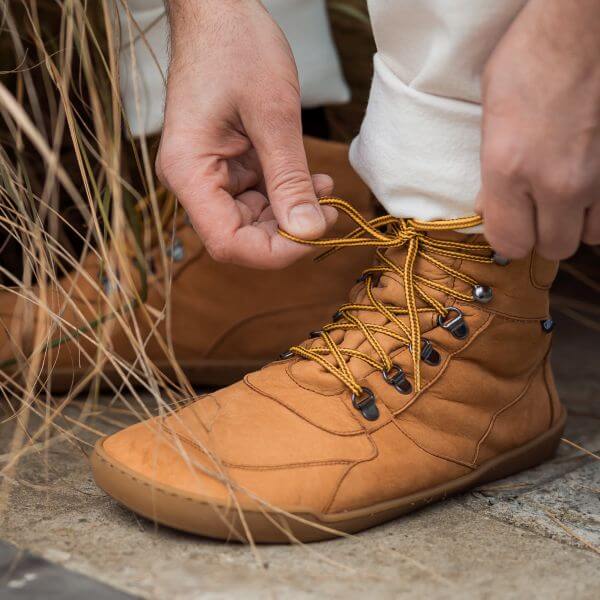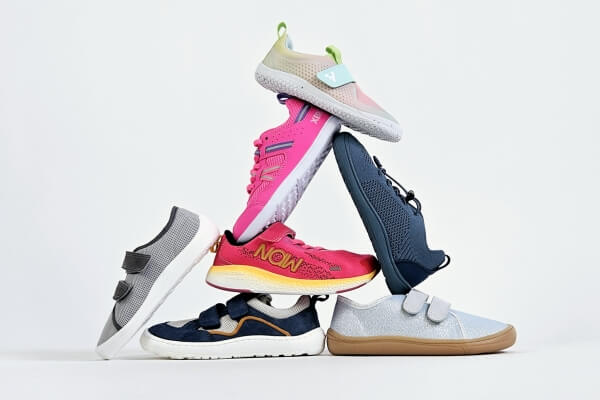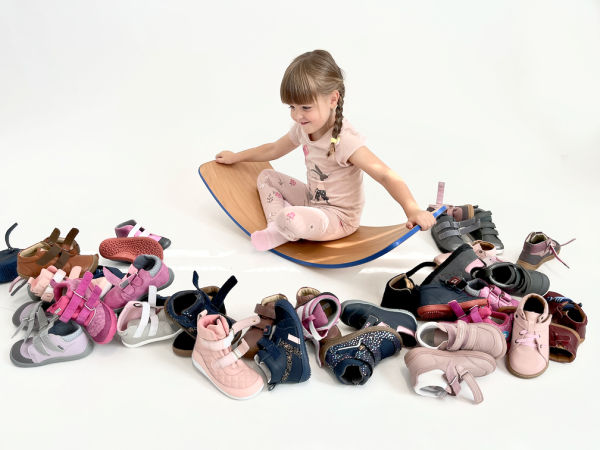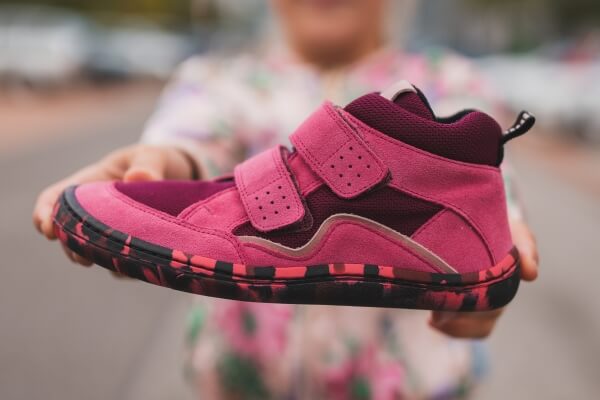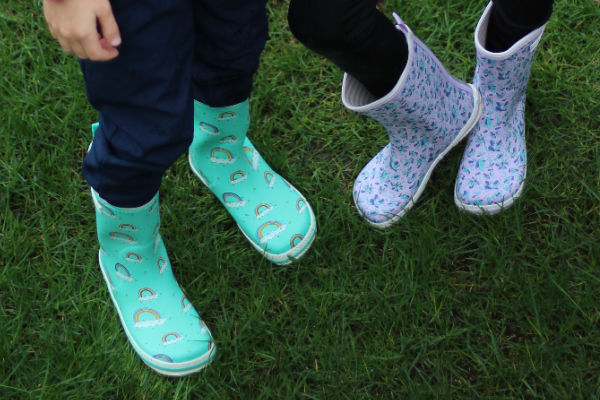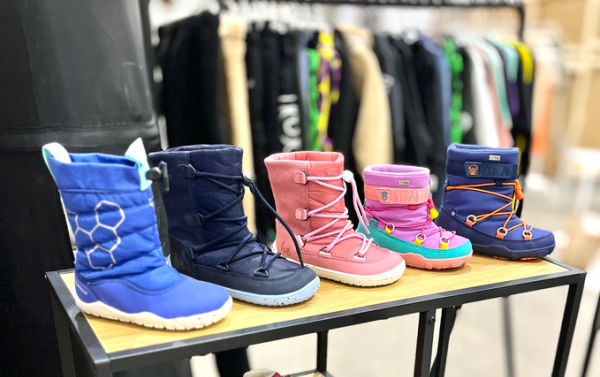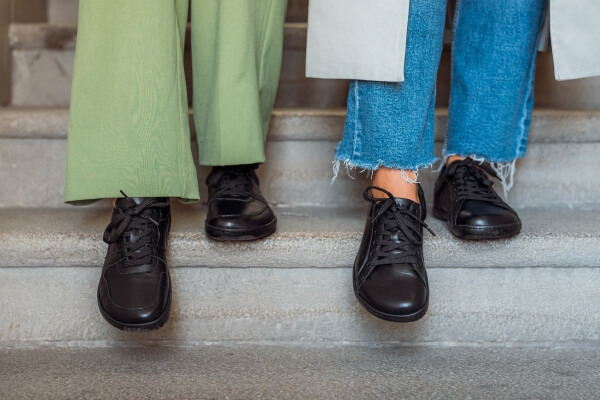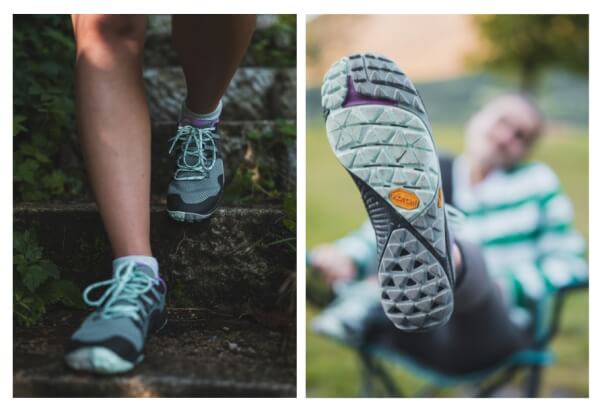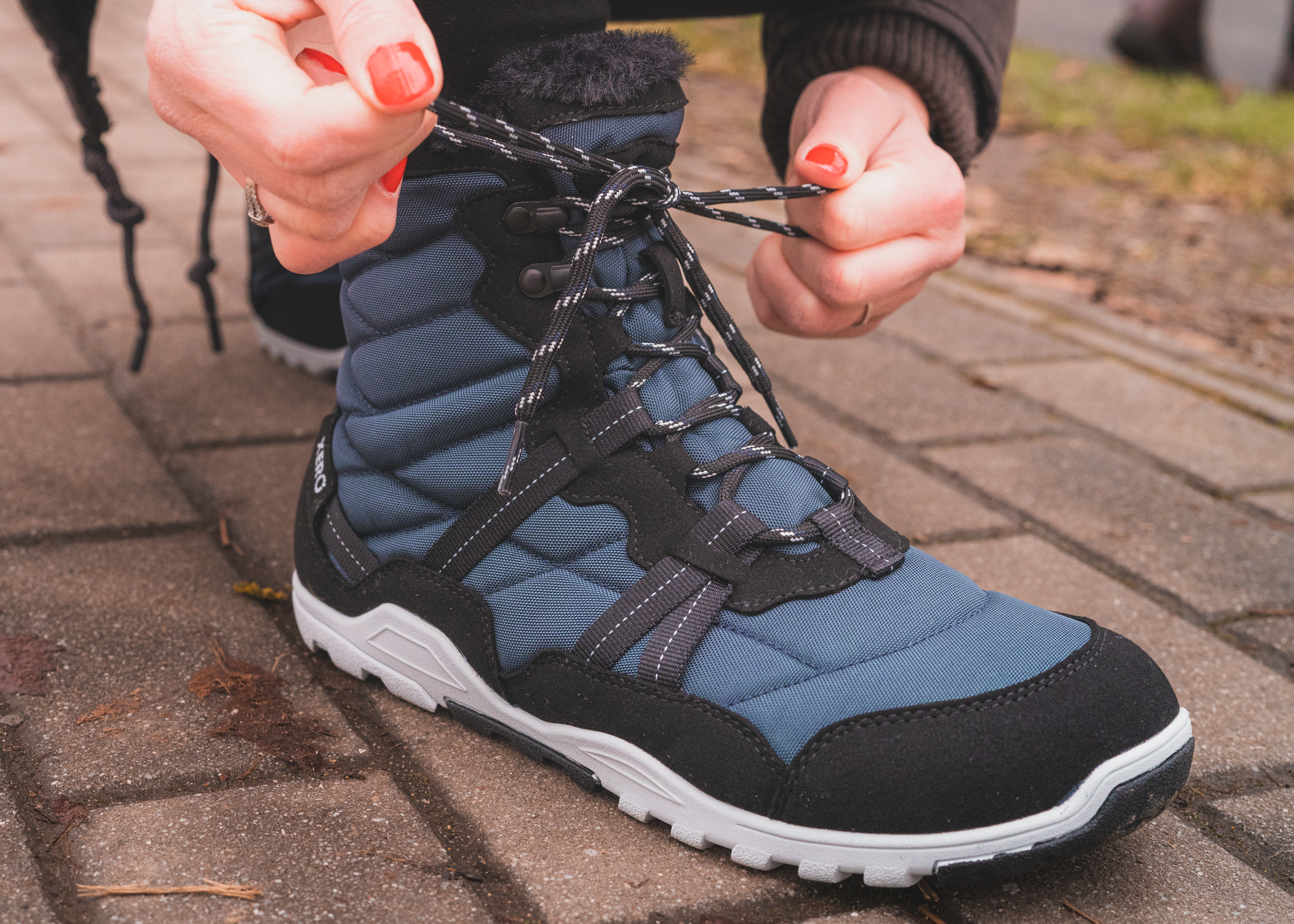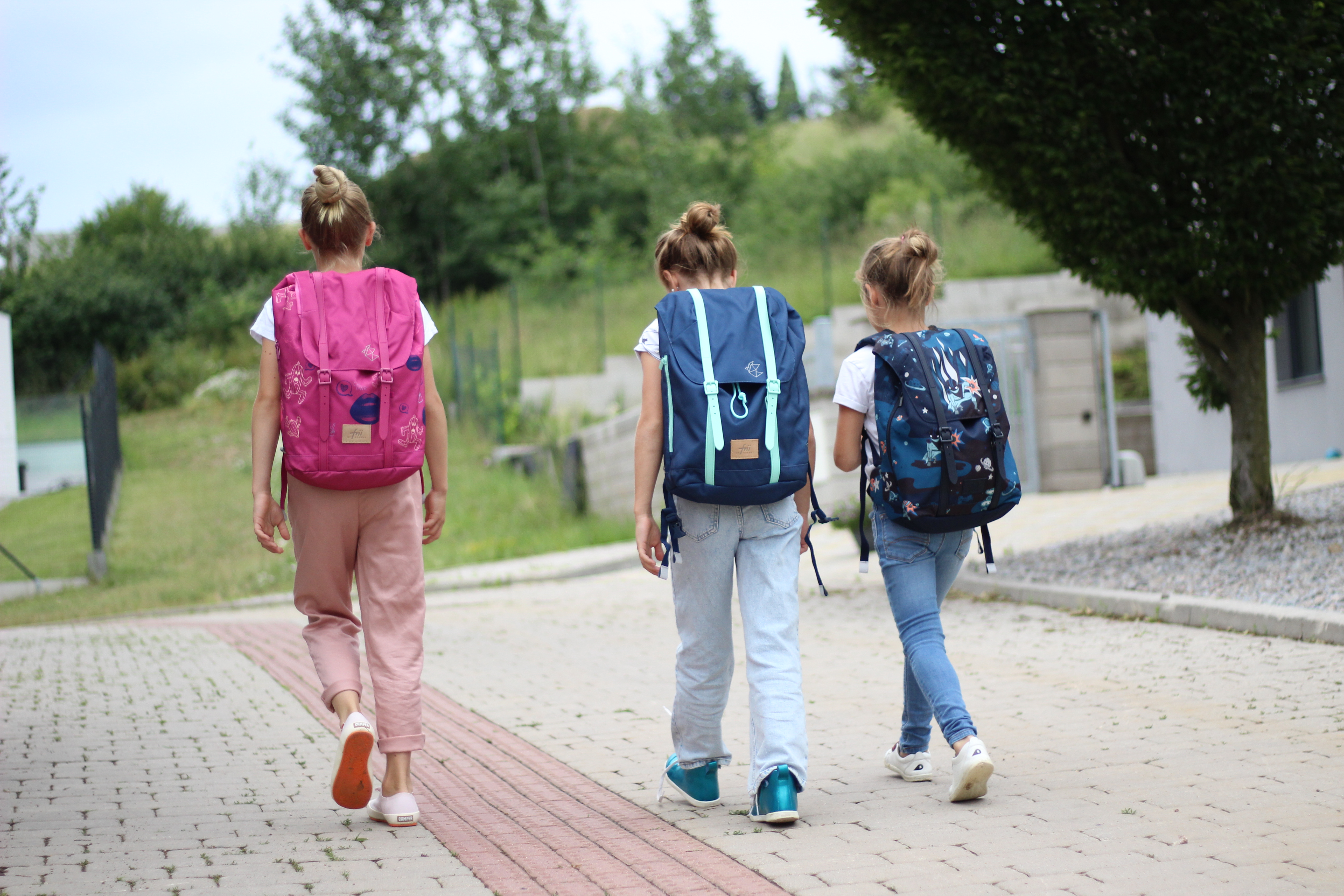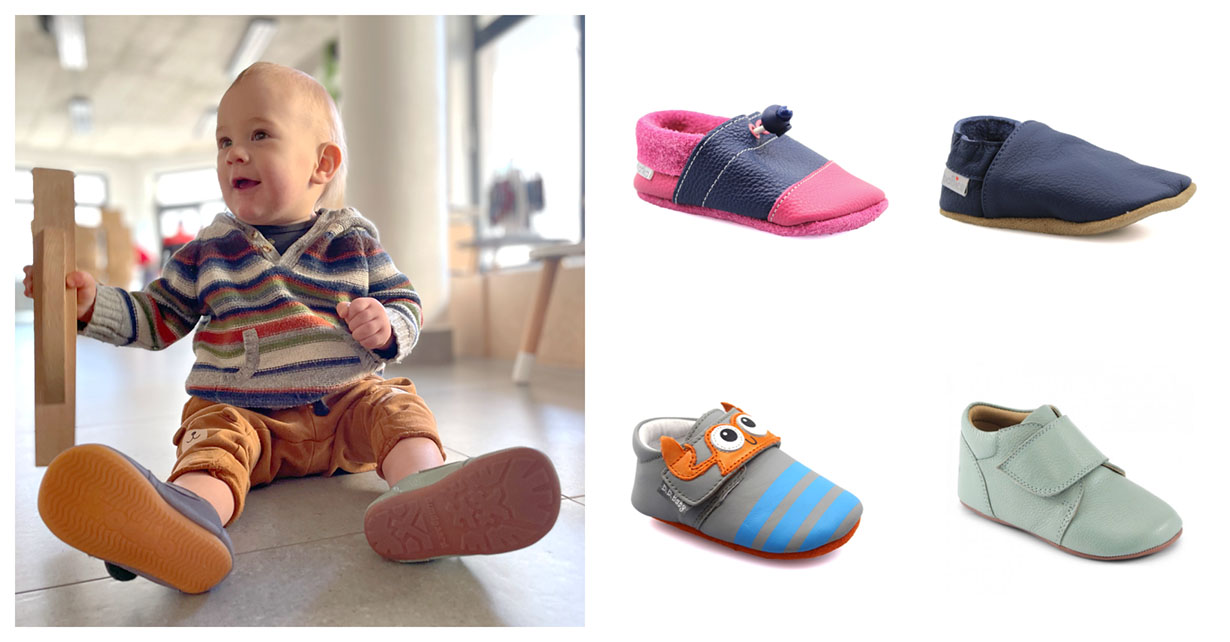Barefoot shoes have thin soles, which raises the question, " Aren't your feet cold in barefoot shoes in the winter?" No, at least no more than in any other shoes. Let's take a closer look at wearing barefoot shoes in the winter:
Content of the article
- Are barefoot shoes suitable for winter?
- What shoes to wear in winter?
- Tips for wearing barefoot shoes in winter
- How to prevent cold feet?
Are barefoot shoes suitable for winter?
If you're worried about wearing barefoot shoes in the winter months, perhaps you'll be reassured by feedback from users who wear barefoot shoes and and give them to their children all year round. According to them, barefoot shoes work just as well in the winter as any other shoe. Of course, we're talking about winter in our temperate climate; for conquering the poles or climbing the summits of eight-thousanders, you should certainly wear special footwear designed for that purpose.
Does thin soles protect against frost?
Barefoot shoes, due to their thin and flat sole, actually bring the foot closer to the cold ground. At the same time, however, they have a wider toe box, allowing the toes enough space for active engagement while walking. It is movement that plays a key role in warming up; if you are only going to stand passively in the cold (for example, when waiting at a bus stop or at the Christmas market stalls), your feet will get cold, regardless of the height of the sole.
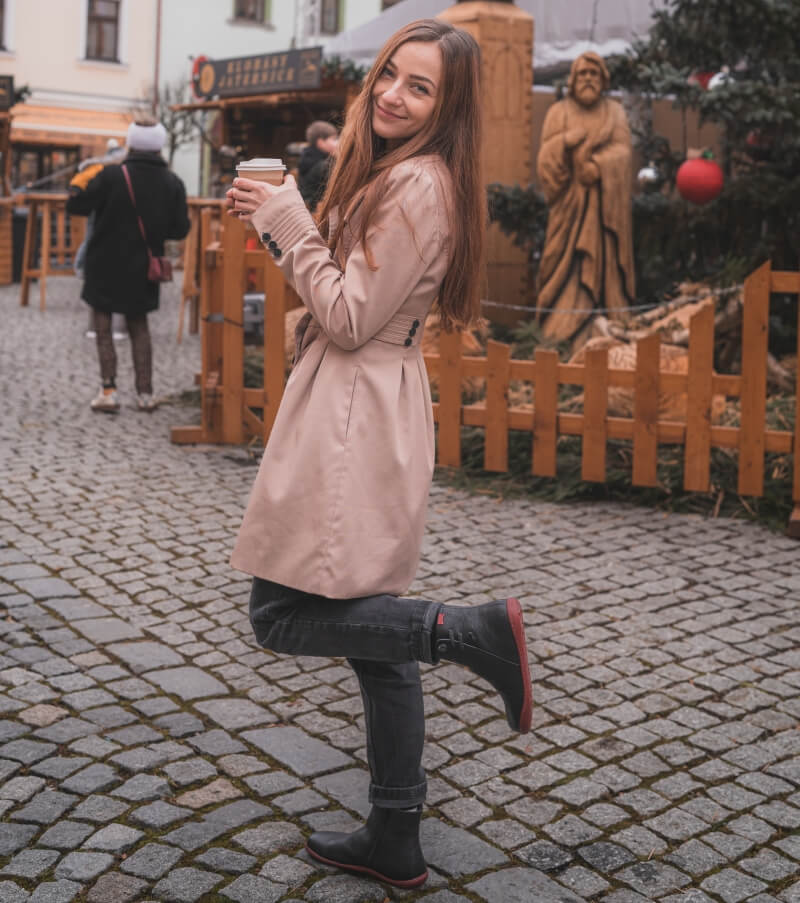
How does foot thermoregulation work?
Instead of sending the cold from the feet further into the body, we need to get the heat back down to the feet. When we move our feet, the circulation of the blood warms them more than enough. Fortunately, barefoot shoes encourage active work of the entire foot (instead of passive lazing in regular shoes), so the heat produced by movement fully compensates for the reduced insulation layer of the sole.
What shoes to wear in winter?
In winter, we recommend wearing winter boots, at least when temperatures drop below 5 °C. Compared to autumn boots, they are insulated with fur, which helps to keep the foot warm. On the other hand, if you spend most of the day in the office and drive everywhere, you'd better change your winter shoes to avoid excessive sweating.
Types of winter barefoot shoes
In our selection of winter barefoot boots we can find plenty of insulated shoes, snow boots for children and high boots for women. When moving around the city and in milder temperatures, uninsulated high tops or all-season low tops will suffice instead of winter boots (but beware of heat leakage in the ankle area). In very cold weather, kids should wear insulated shoes in the stroller.
Parameters of barefoot boots for winter
When choosing barefoot shoes for winter, it is worth looking at the following parameters:
- Insulation - we see the fur almost as a standard in winter boots, but shoes can vary in the insulation materials used, or even in the possibility of removing the insulation layer from the shoe altogether
- Membrane - especially in the rain, you will appreciate waterproof but breathable shoes, where the membrane layer does not let water in, but also allows sweat to evaporate out
- Waterproofing - more intense downpours of water or snow will fully stop waterproof shoes (as long as it doesn't get into them from above), but at the expense of breathability
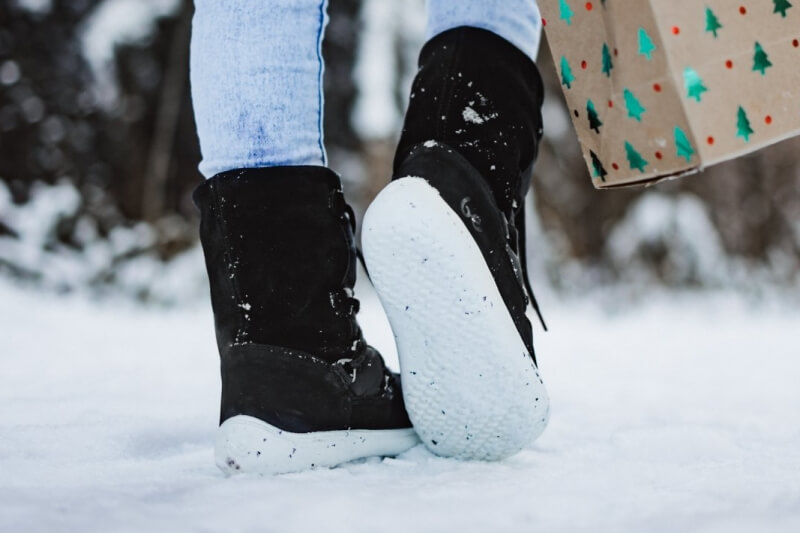
Tips for wearing barefoot shoes in winter
If you can manage to be active, wearing barefoot shoes in winter is not a major problem. However, the following tips can make your experience more enjoyable:
How to warm up numb toes?
Numb toes are caused in particular by prolonged standing. Movement expert Matyas Kozma therefore recommends applying the technique of active standing:
- Stand up straight - distribute the weight evenly on both legs
- Slightly tuck your pelvis, engage your abdominal muscles, straighten your shoulders (down and back) and slightly bend your knees (activate your gluteal muscles)
- In this posture, slowly transfer weight from the front of the toes to the heels and back, swaying slightly and engaging the thumb in the weight transfer
It may not feel like it at first, but try this for 10 minutes straight and see how you warm up.
How to keep your feet warm?
In addition to the above mentioned exercise, there are two other very easy and proven ways to increase thermal comfort in barefoot shoes:
- Wear thick socks - possibly two over each other
- Insert insulated insoles into your shoes - three-layer ones contain metal foil (to prevent getting wet), insulating foam (for protection from the cold) and sheep's wool (for insulation)
For both, barefoot blogger Anya's Reviews advises to think in advance about needing more room in the shoe, or to go straight for a size up from your usual size.
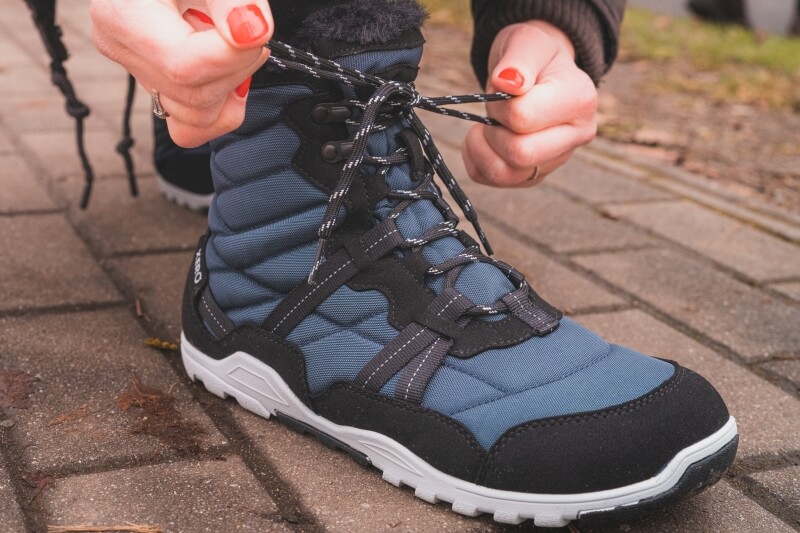
How to protect your shoes from the cold?
Not only your feet, but the barefoot shoes themselves deserve proper care. Therefore, impregnate them regularly from the first time you put them on to increase their resistance to external influences and extend the life of barefoot shoes. The impregnation sprays a protective layer on the boots that, among other things, prevents pavement salt from penetrating into the materials where it could interfere with the adhesive.
How to prevent cold feet?
Despite the above, even barefoot enthusiasts should not take the issue of cold feet lightly, especially if they are putting shoes on smaller children who cannot quite communicate the feeling of cold. If you feel your toes starting to go numb when you're outdoors for an extended period of time, warm up your feet immediately. This sensation comes from constriction of blood vessels and outwardly manifests itself in the fading of otherwise pink feet.
Barefoot hardening
Even the experts from Fyzionozka confirm that hardening your body boosts your immunity. You don't have to jump into a frozen lake or follow the teachings of Wim Hof, but you can start hardening your feet gradually:
- In summer or autumn, walk barefoot in the wet grass in the morning.
- Gradually lower the temperature in the shower, or at least run cold water on the calves and feet at the end of the shower if you can't manage the whole body
- In winter, try walking barefoot in the snow for a short time or dipping your feet in a stream for a few seconds
Don't overestimate your abilities and take it easy. Always dry your feet quickly after such practice, wrap them in warm socks and dry shoes. If you persist, you'll be rewarded with warm foot comfort even in colder temperatures and an overall improvement in immunity.



